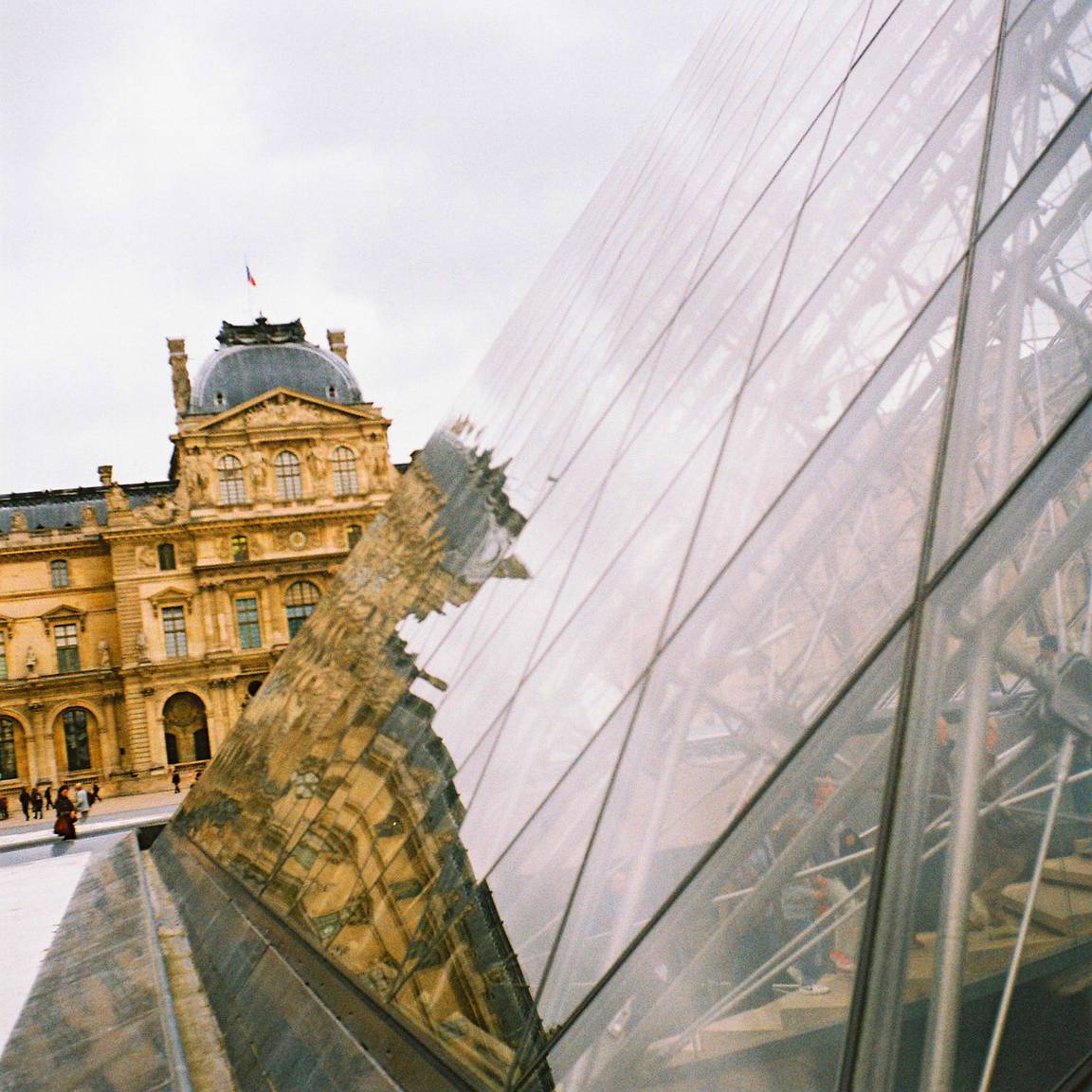Fuji Provia 400X: 120: A Film for Every Situation!
8 14 Share TweetHow can I describe Fuji Provia 400X to you in a few words? Fast and reliable! I can count on it under any light conditions, without giving too much thought!

If I was told I could pick one single type of film to have unlimited stocks and shoot with until the end of times, then I would have to choose Fujichrome Provia 400X. Why? Because it works! Always!
I am Portuguese, but I live in London. I travel a lot between Portugal and the UK and I always take my cameras with me wherever I go. Therefore, me and my cameras have to be ready for London’s fog or Lisbon’s sunshine. After trying many different types of films, I have to confess I do have a favourite, with which I am always comfortable to work: Fuji Provia!
I’ll explain why. Fujichrome Provia 400X is a fast film, and is thus very sensitive to light. But unlike other 400 ISO films, it has a very fine grain. This allows you to get very sharp pictures under low light conditions, such as gloomy days. Even under a cloudy sky, I know I can get the shots I want. I have always opted for cross-process, so I cannot really comment on the results with E6. But as far as C41 goes, I always get interesting colours and contrasts, regardless of the lack of bright sunshine. This is really important when you live in a city known for its gloomy days.
You would expect that such a fast film could not be used in bright days, and actually many reviews I read on the internet mention that. But this hasn’t been my anecdotal experience. As I told you, I always have some Provia 400X with me and I never shy away from using it. The results have always been up to my satisfaction… and I think the occasional light flare in the photos adds to the overall charm.
Fuji Provia has a very rich and dynamic colour range, which can vary depending on the lighting conditions. If you shot it in cloudy days, dark blues and reds become quite lively in the photos; in bright days the photos turn very warm with rich yellows and oranges, and the skies can acquire an amazing electric turquoise tone. The beauty of Fuji Provia is that it is extremely colourful and rich, but without being natural. Its colours are saturated — but just enough. I simply love it!
Since it responds quite well to being pushed one or two stops, I know I can do doubles or even triple exposures knowing I won’t get a bleached and overexposed photo.
This film can also be used indoors with very satisfactory results. If you have a steady hand or you use a tripod , you can make long exposures (as in the first photo in the next gallery). But my best indoor shots where taken using a flash — I have always used Diana F+ flash with the yellow filter. The photos turn out warm and are reminiscent of a cozy environment.
Normally, I always have my favourite plastic princess, Diana F+, loaded with this film. And I must say, Diana’s plastic lens and Fuji Provia 400X are a match made in heaven. Nonetheless, whenever I used it with more professional cameras, such as my beloved Mamiya C3 professional, the results where even more amazing. The sharpness of the images and the contrasts are breathtaking.
A little trivia: once I left a film inside my camera for several months before I got round to shooting it. I guess some of the chemical properties of this film got altered through time and when I finally processed it I was positively surprised with how amazing the colours turned out. I got this most amazing sepia tone mixed with extravagant pinks and blues! I imagine this is the effect you can get when using expired films.
The biggest disadvantage to using this film is its price. It is a bit expensive, but to me it’s worth every penny! I have never regretted paying this much for a film. In 12 exposures, I normally get 12 good photos. Without any doubt: a good film for both beginners and more experienced users. Use it and have fun!
For a more technical read, please read Fuji's Official Site.
Fuji Provia 400X 120 gives you amazing colour shifts and nice saturation. It delivers stunning results that is somewhere between vivid and understated. See the whole range of colour slides in our Shop.
written by anafaro on 2012-01-25 #gear #review #slide-film #iso-400 #120mm #lomography #fuji #provia #cross-process #user-review








































8 Comments